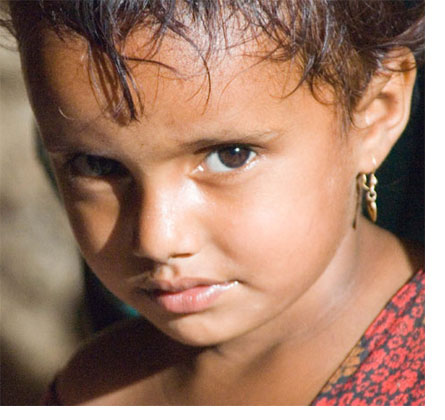Yemen’s Legacy of Biodiversity
 DSF’s work in Yemen has been especially rewarding. Yemen as a whole presents a sobering profile. Her 21 million people are destined to exceed 71 million by 2050 at current trends. 74% of the nation is rural, male life expectancy a mere 59, females 63, with a daily income average of US$2.27.
DSF’s work in Yemen has been especially rewarding. Yemen as a whole presents a sobering profile. Her 21 million people are destined to exceed 71 million by 2050 at current trends. 74% of the nation is rural, male life expectancy a mere 59, females 63, with a daily income average of US$2.27.
It… Continue reading
Hotspots: Biodiverse Areas Under Threat
 The filming of “Hotspots” throughout New Zealand encompassed over one hundred interviews with key scientists and others working to save endangered species and habitat, on Stewart Island/Rakiura, Ulva Island and Codfish Island (Whenua Ho), in Fiordland National Park, with the Department of Conservation in Te Anau and Burwood Bush, at Pukaha Mount Bruce… Continue reading
The filming of “Hotspots” throughout New Zealand encompassed over one hundred interviews with key scientists and others working to save endangered species and habitat, on Stewart Island/Rakiura, Ulva Island and Codfish Island (Whenua Ho), in Fiordland National Park, with the Department of Conservation in Te Anau and Burwood Bush, at Pukaha Mount Bruce… Continue reading
DSF’s Biodiversity Initiative in India
Within the biological hotspot known as the “Western Ghats and Sri Lanka,” exists one particular region of enormous biological endemism, much of it as yet unanalyzed in full, spanning parts of Western Tamil Nadu and Eastern Kerala. While nearly 15% of the overall hotspot enjoys some form of designated protected area (*1), there remains much to understand, and more to preserve in these globally… Continue reading
Brunei’s Biodiversity Protection Plan
While the rest of Borneo is losing its forests faster than any other region of tropical rainforest on the planet, Brunei, which comprises less than 1% of Borneo, has accomplished what few other governments have imagined by setting aside more than 56% of the country’s 577,000 hectares as protected area, the inspired vision of the Sultan of Brunei. From the perspective of native biodiversity, that… Continue reading
Exploring the Amazing Biodiversity of Brazil
In Brazil, the DSF “Hotspots” film team explored the Mata Atlantica Rain Forest along the Eastern Coast of the country, including the Parque Nacional da Serra Dos Orgas, Iguacu Falls and select locations for rare primates in Sergipe and Minas Gerais states.
The Atlantic Rainforest of Brazil hosts some 20,000 plant species of which 8,000 are endemic making the region the highest… Continue reading
 DSF’s work in Yemen has been especially rewarding. Yemen as a whole presents a sobering profile. Her 21 million people are destined to exceed 71 million by 2050 at current trends. 74% of the nation is rural, male life expectancy a mere 59, females 63, with a daily income average of US$2.27.
DSF’s work in Yemen has been especially rewarding. Yemen as a whole presents a sobering profile. Her 21 million people are destined to exceed 71 million by 2050 at current trends. 74% of the nation is rural, male life expectancy a mere 59, females 63, with a daily income average of US$2.27. 
